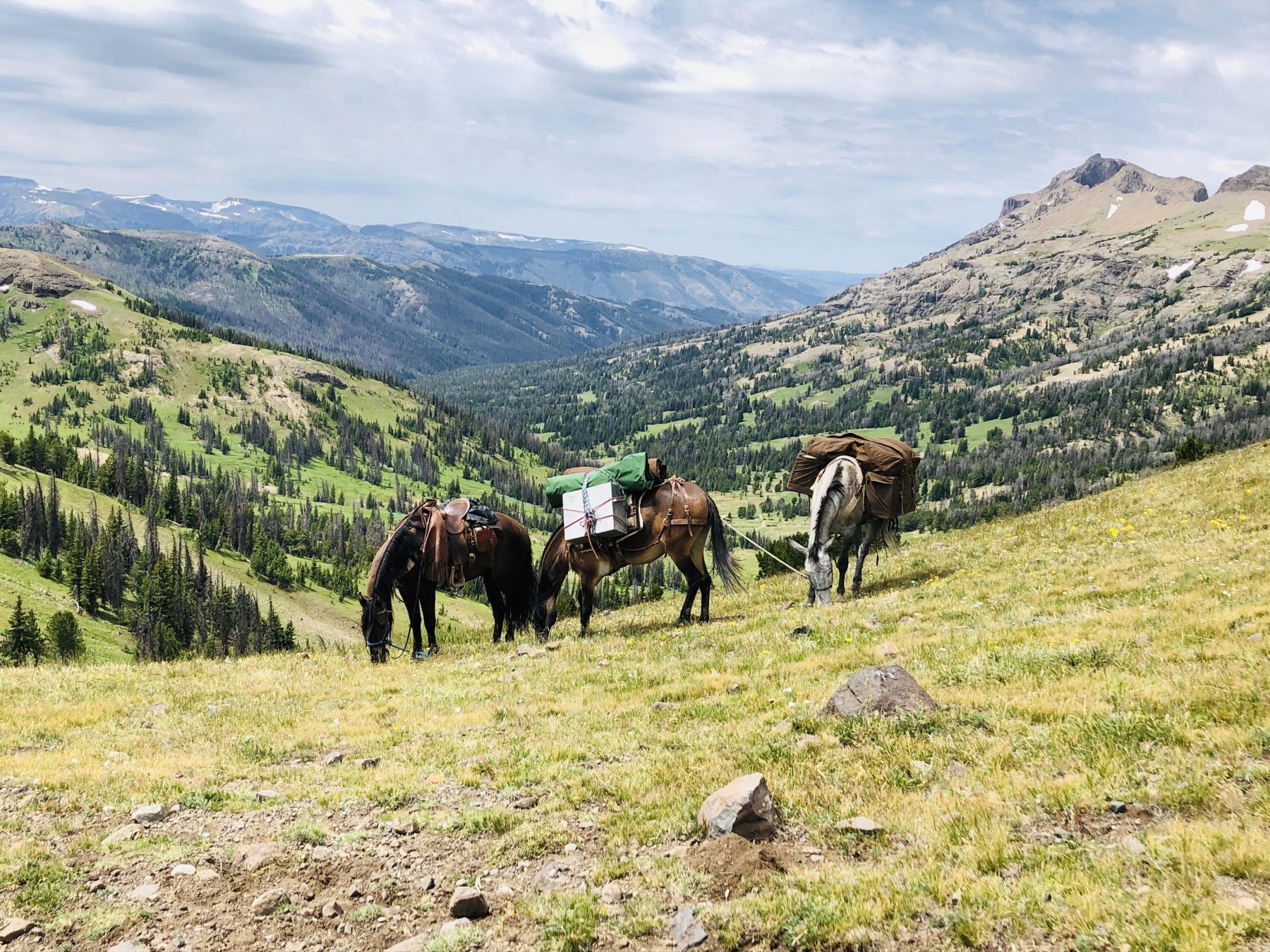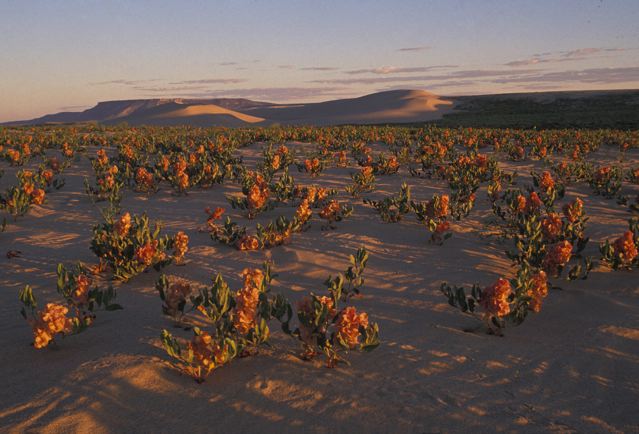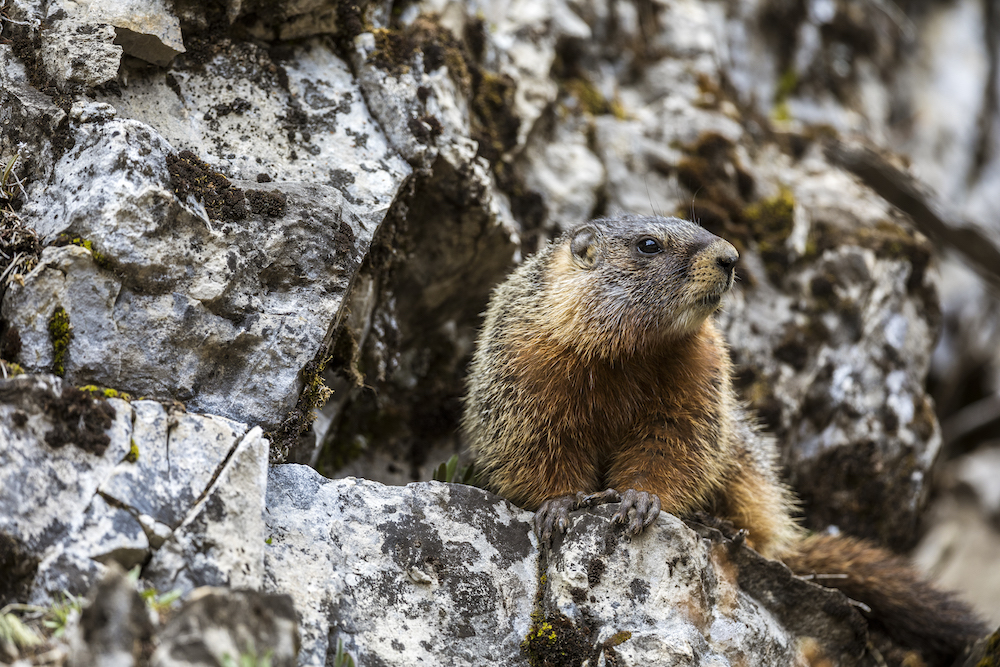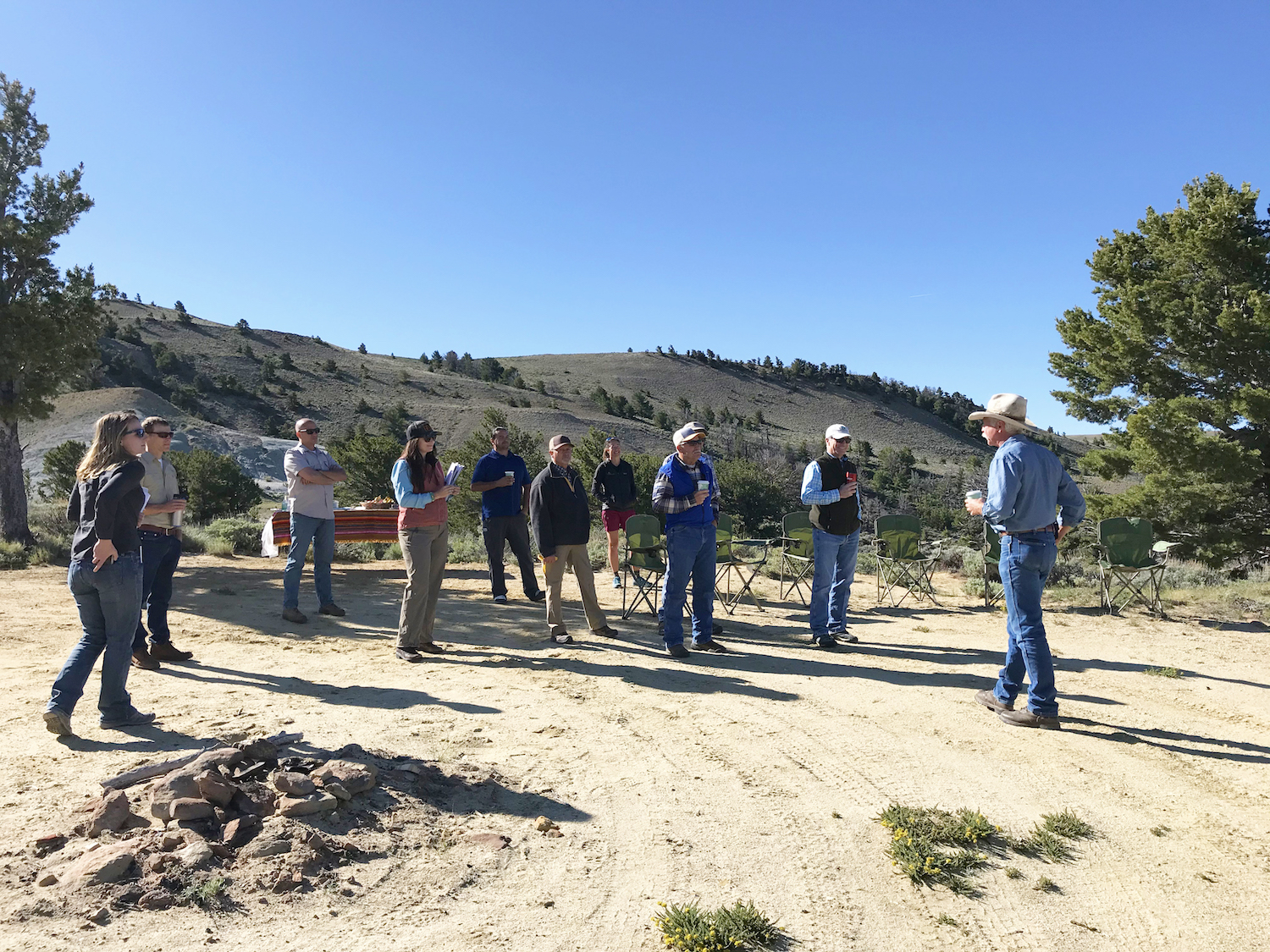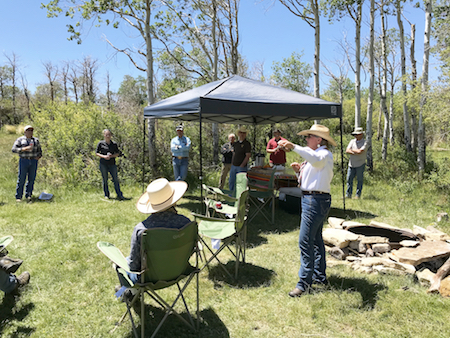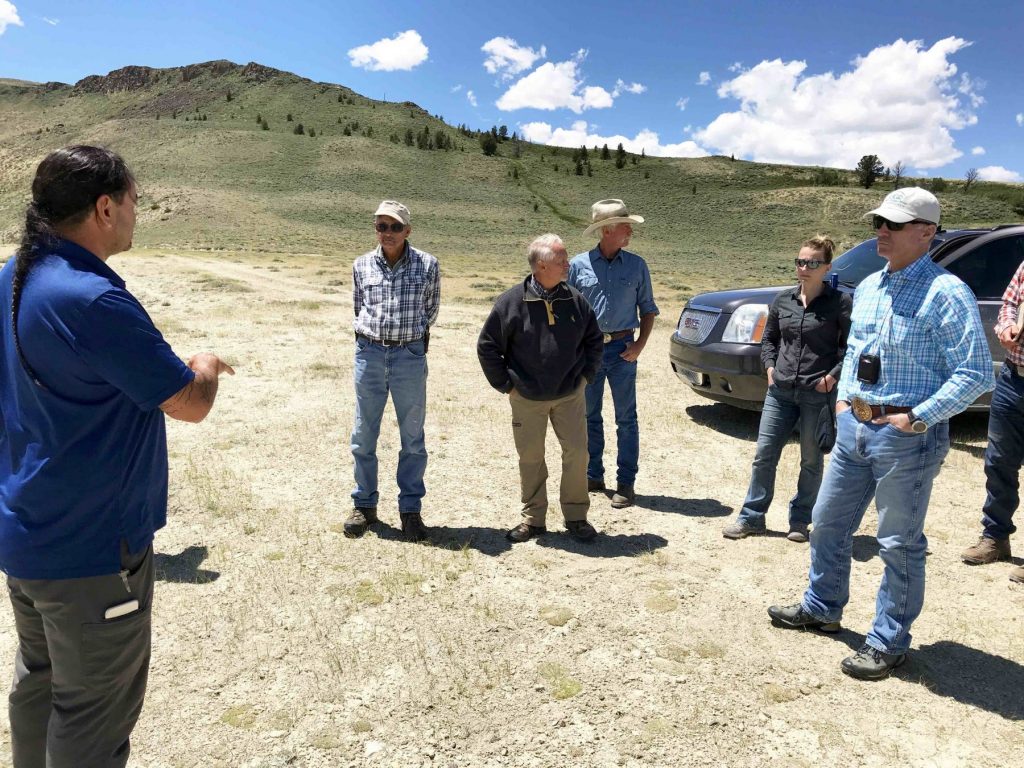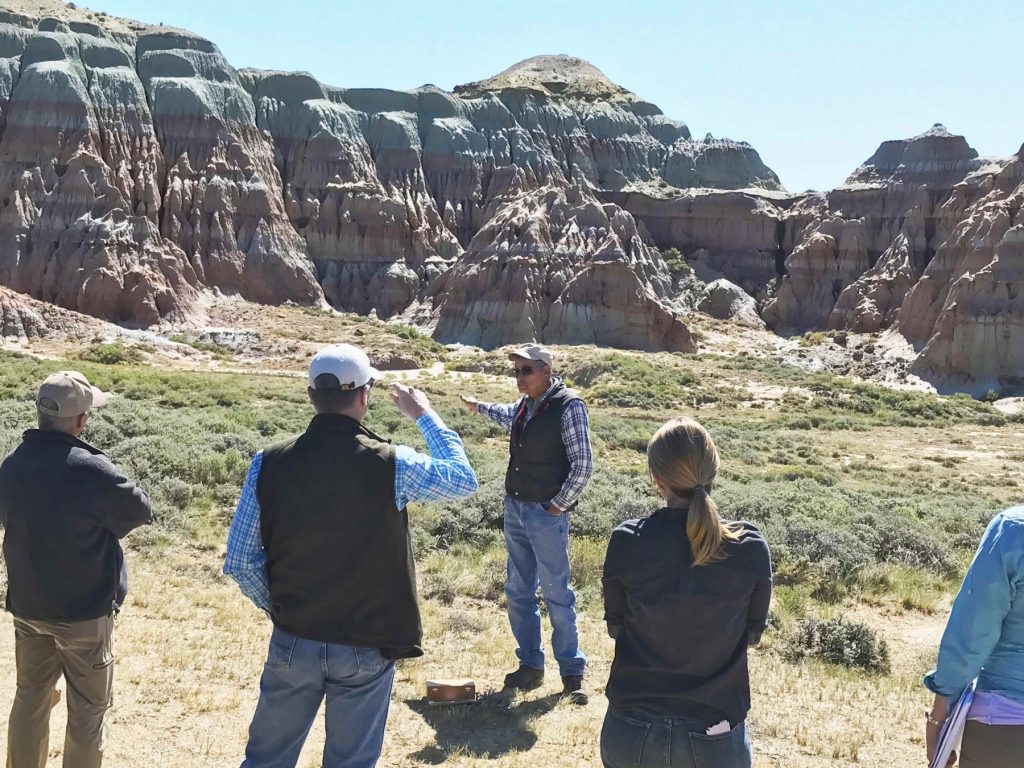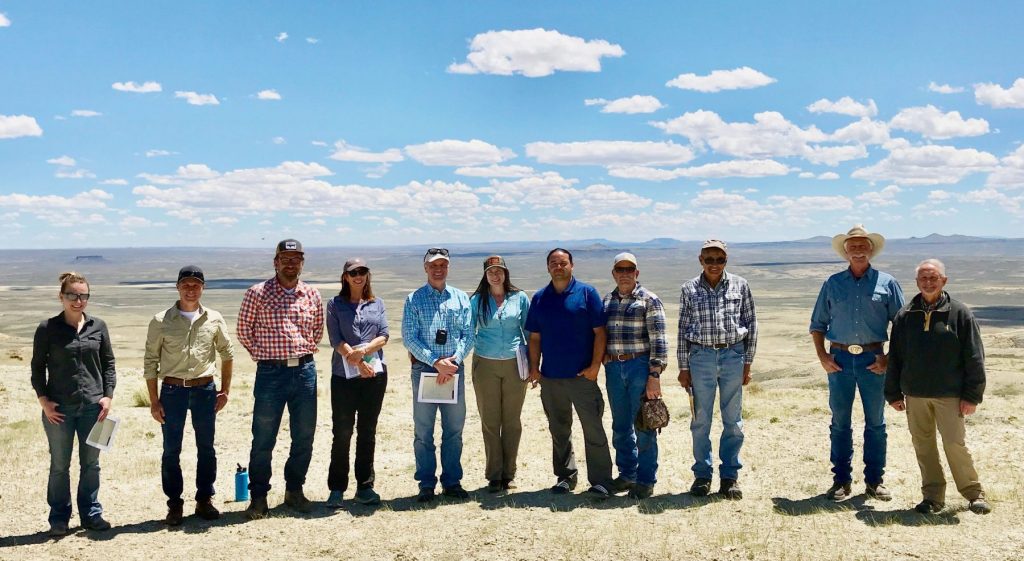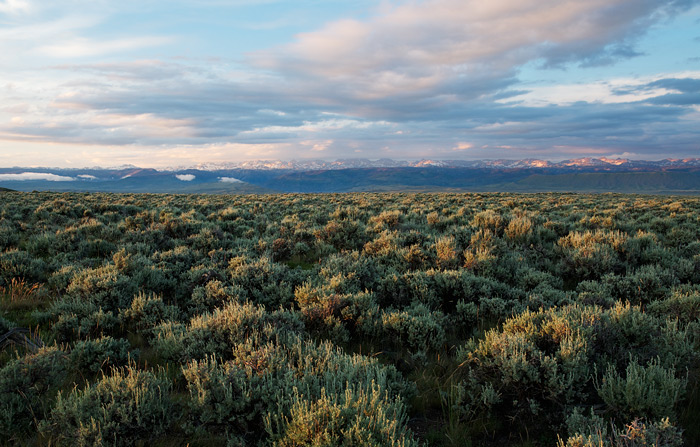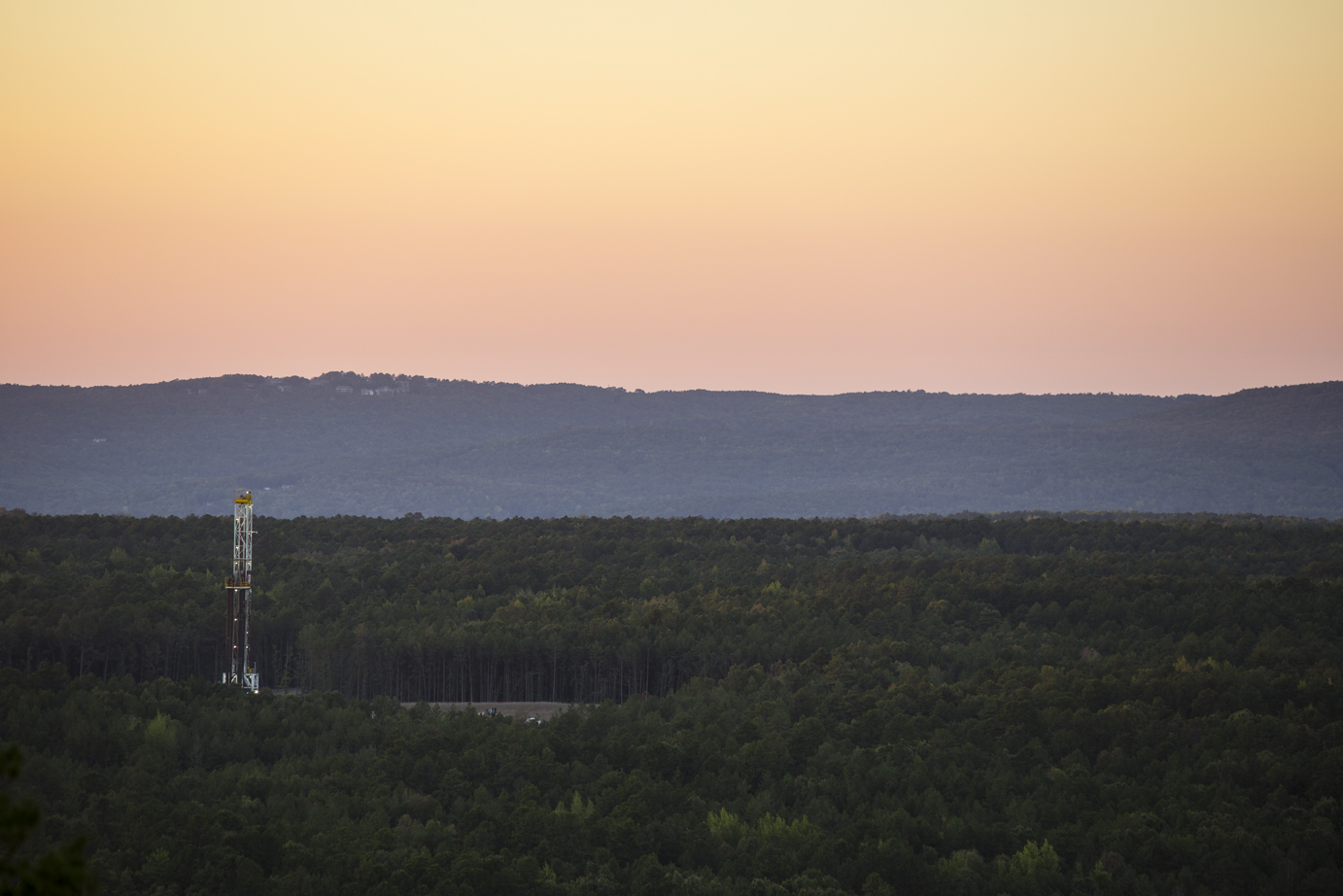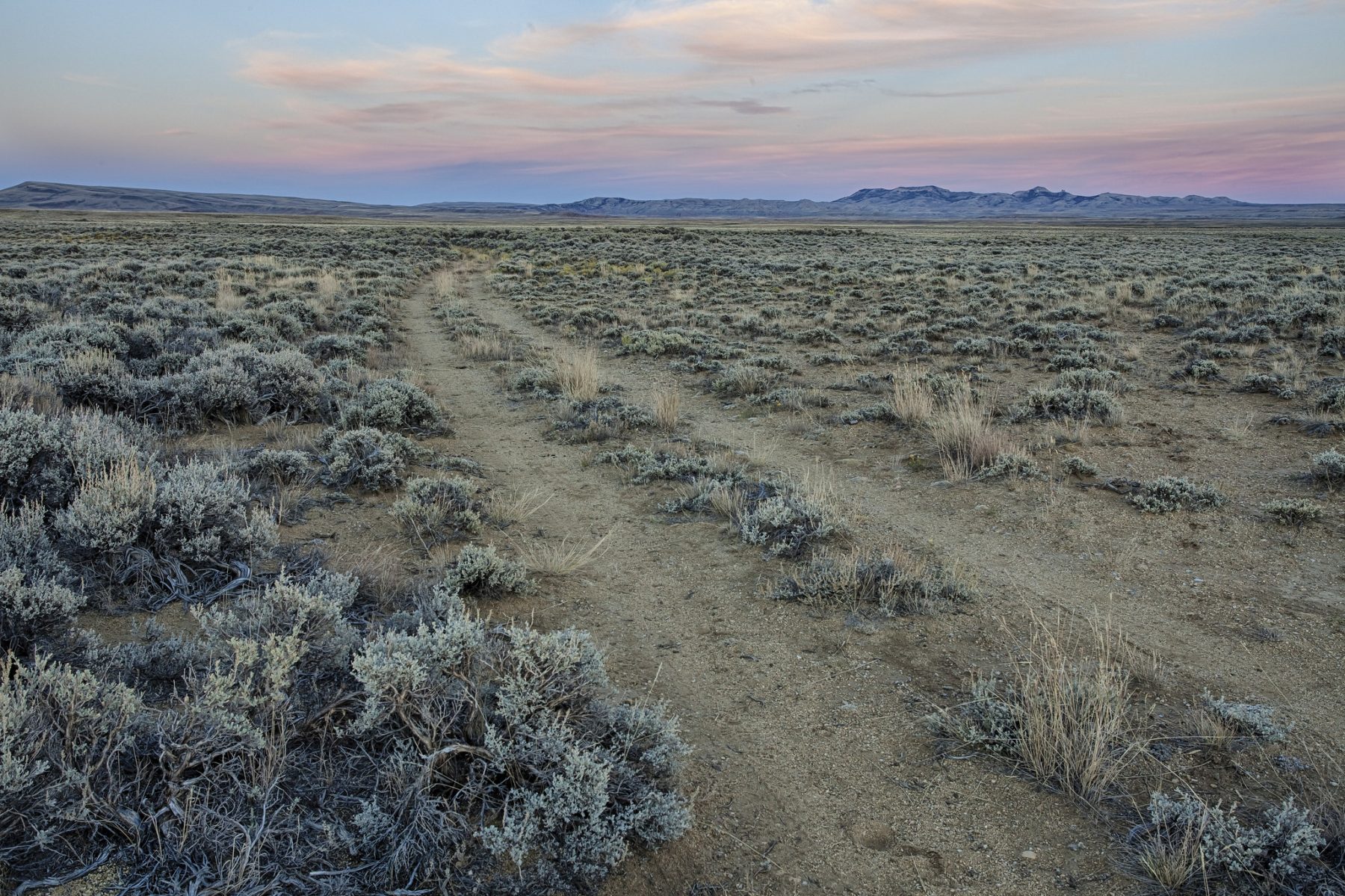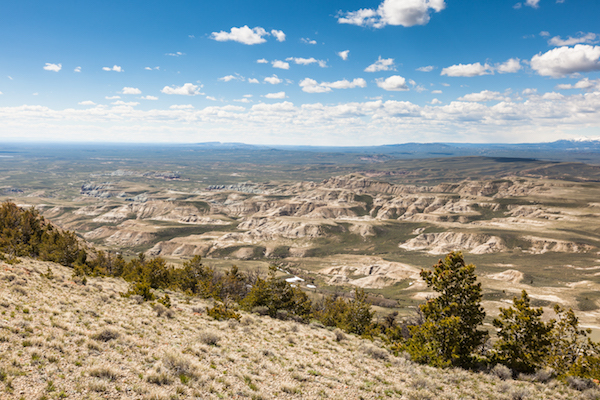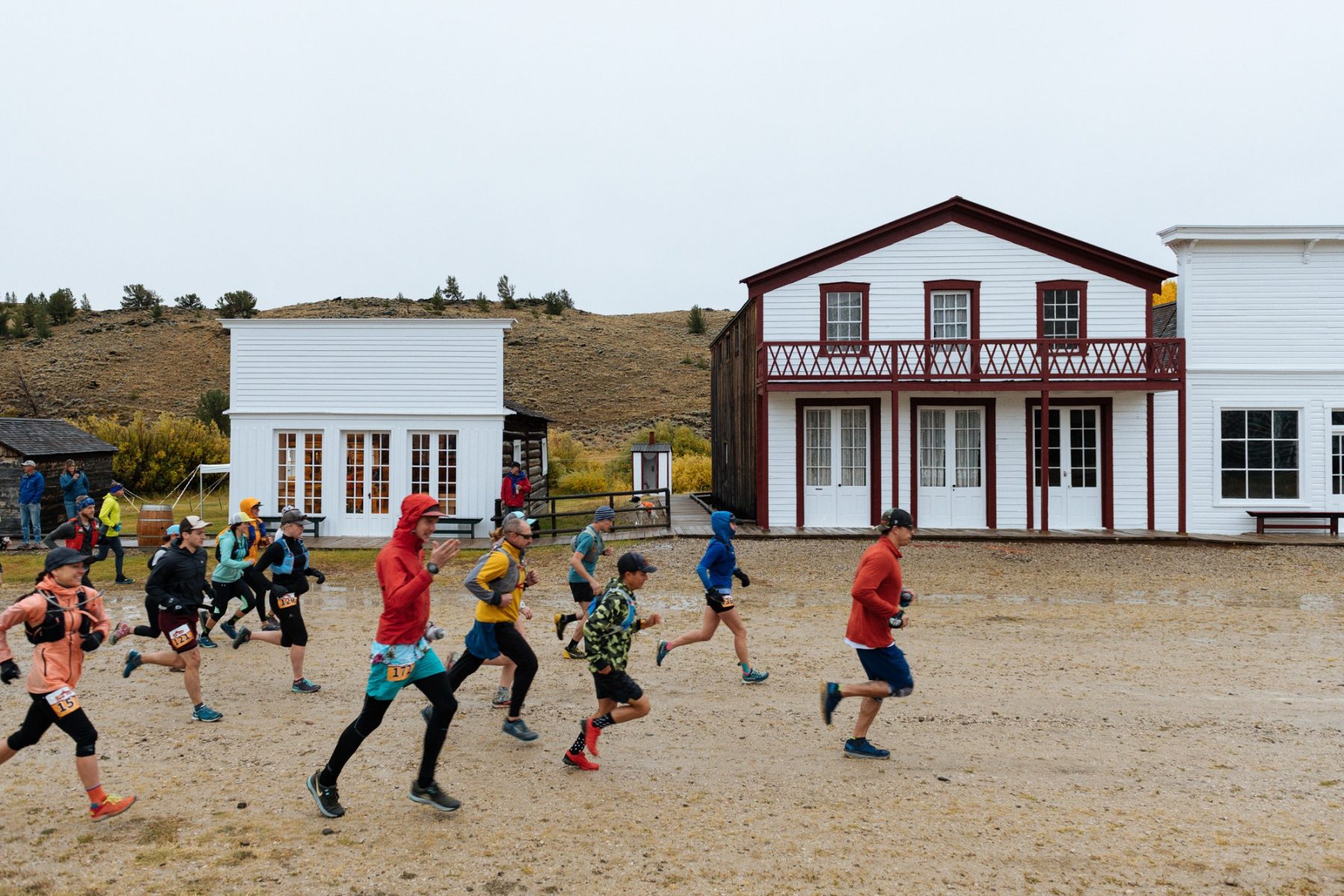A change in federal administrations — and the policies that follow — is cause for either excitement or anxiety depending on how you voted. And for good reason: Elections have consequences. National policies affect our health, our economy, and our environment. And in Wyoming, where nearly half of the land is managed by the federal government, national policies have a disproportionate impact.
Members of the Wyoming Outdoor Council fall all along the political spectrum. We agree to disagree on many issues, but find common ground when it comes to conservation. Conservation is not — and should not be — a partisan issue.
From the standpoint of conservation and environmental justice, the legacy of the outgoing administration is dire. From climate change denial and the loosening of air and water quality safeguards to oil and gas leasing in areas important to Indigenous people and in crucial wildlife habitats, there have been more than 100 documented rollbacks to existing protections or short-sighted policies that threaten public health and our air, water, wildlife, and lands.
Many of the administrative wins we celebrated over the last decade were among those rolled back. The fate of others — like the Bureau of Land Management’s methane waste prevention rule — remains uncertain as challenges are still working their way through the courts. And while there are some rules that the incoming administration will be able to restore and it will certainly abandon some public land policies like “energy dominance,” we’ve lost important ground.
To be sure, the Outdoor Council looks forward to an incoming administration that is less hostile to our mission. At the same time, we are wary of ambitious campaign goals that don’t take Wyoming values into account. For example, in the urgency to transition away from fossil fuels, proposals for industrial-scale wind and solar development on public lands in Wyoming shouldn’t be rushed. Development should be encouraged in already disturbed areas so that, in our effort to mitigate climate impacts, we don’t harm intact habitat and our most cherished open spaces and public lands.
And we’ll be careful not to rely too heavily on federal policy for solutions to the specific challenges we face in Wyoming. We don’t relish what has come to feel like a game of administrative ping-pong.
Instead, what we strive for — regardless of who occupies the White House — are common-sense conservation initiatives and environmental policies that endure. Although incremental progress isn’t as newsworthy as sweeping change, we’re playing a long game. We’d much rather build on measured steps forward than have fleeting successes that can’t withstand the next election.
What we strive for — regardless of who occupies the White House — are common-sense conservation initiatives and environmental policies that endure.
Assuming they work as promised, we support state-level initiatives. Past examples include rules for detecting and fixing methane leaks in new and modified oil and gas fields and requiring baseline water testing before oil and gas drilling. We’ve also supported executive orders for sage-grouse conservation and big game migration corridors, although we continue to scrutinize their implementation.
And when we advocate for big policy solutions with the power to deliver conservation wins, we also champion strong public processes. We’re dedicated to empowering citizens in local communities to help craft lasting solutions. In the coming year we’ll build on the groundwork we laid in 2020 to seek consensus recommendations for large-scale renewable energy siting, support community-led climate change resolutions like the one recently adopted in Lander, and work with Tribal partners and other citizens toward permanent protection for parts of the incredible Northern Red Desert.
Our approach to conservation keeps us grounded in Wyoming. This doesn’t mean that we are always successful. There are frequent setbacks, but it’s this approach that accounts for the conservation gains we’ve celebrated over the last 54 years. With your support, I’m confident we’ll continue this progress — not just in the coming year or coming four years, but for the long haul.



